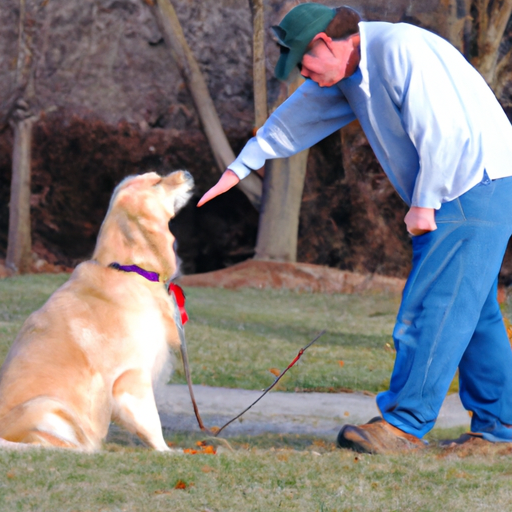As a devoted caregiver to your furry friend, you’ve undoubtedly questioned the importance of the “heel” command. It’s more than just a fancy trick for your dog to impress your friends. In fact, it’s a fundamental aspect of dog training that ensures your pet’s safety and obedience. So let’s dive deep into understanding “heel” for dogs.
What Does “Heel” Mean in Dog Training?
“Heel” is a command used in dog training that instructs your dog to walk directly next to you, rather than behind or in front of you. The dog’s shoulder should be parallel to your leg on the side you prefer your dog to walk. It creates a harmonious walking experience, with your dog looking up to you as the pack leader.
- Safety: It prevents your dog from running off into potentially dangerous situations.
- Obedience: It reinforces your role as the leader, ensuring your dog respects your commands.
- Focus: It keeps your dog’s attention on you, reducing distractions from the environment.
Why is “Heel” Important?
The importance of the command “heel” can never be overstated. It’s like the glue that holds all other training and commands together. Here’s why:
- Prevents Pulling: Dogs love to explore, and often their curiosity can lead to them pulling on their leash. The heel command helps control this behavior.
- Improves Socialization: The heel command maintains control over your dog’s actions, helping prevent aggressive or overly enthusiastic behavior during social interactions.
- Promotes Calm Behavior: By keeping your dog at your side, you’re also encouraging calmer behavior, as they’re focused on you rather than external stimuli.
How to Train Your Dog to Heel?
Training your dog to heel can be a rewarding process. Here’s a step-by-step guide to get you started:
- Start in a Distraction-Free Environment: Begin in a quiet space where your dog can focus solely on you.
- Begin with Leash Training: Ensure your dog is comfortable on a leash before introducing the heel command.
- Use Treats as Motivation: Reward your dog with treats when they successfully follow the command.
- Gradually Increase Distractions: As your dog becomes adept at following the command, slowly introduce distractions to strengthen their focus.
Common Mistakes When Training Your Dog to Heel
Despite your best intentions, there might be some mistakes that hinder your dog’s training process. Here are some common ones to avoid:
| Mistake | Proposed Solution |
|---|---|
| Too many distractions | Start in a quiet environment |
| Not enough rewards | Use treats or toys as motivation |
| Inconsistency in commands | Use the same word and tone each time |
FAQs
Q: How long does it take to train a dog to heel?
A: It varies with each dog. Consistent practice is key.
Q: Can older dogs learn to heel?
A: Yes, with patience and consistency, older dogs can learn to heel.
Q: What if my dog is not food motivated?
A: Try using their favorite toy or praise as a reward instead.
Q: Is it necessary for all dogs to learn the heel command?
A: While not necessary, it is highly beneficial for all dogs to learn the heel command.
With this detailed guide on what heel is for dogs, you’re now better equipped to train your furry friend. Remember, patience is key in this process, and the reward of a well-behaved pet is well worth the effort.



